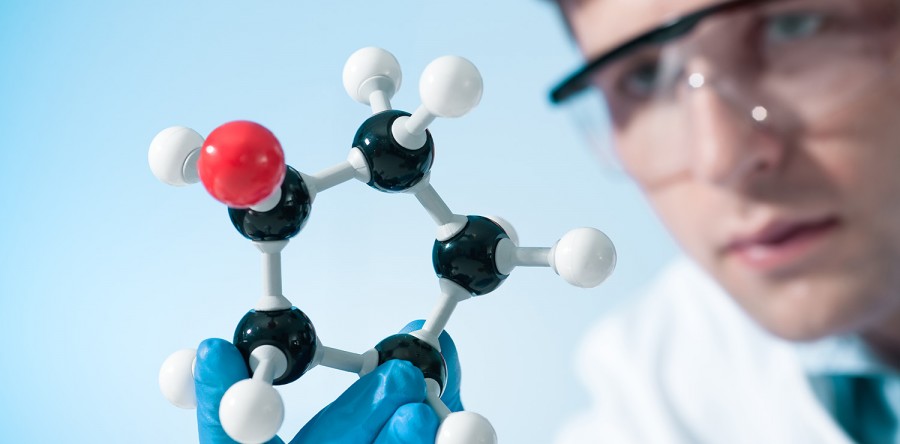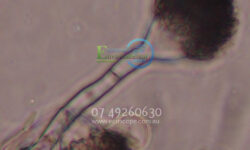Acid Producing Bacteria (APB)
Acid producing bacteria (APB) are a combination of variety of heterotrophic bacteria that have an ability to produce acid. Acid products are formed as a result of fermentation of organics under very reductive (oxygen-free) environments. The APB can cause a significant pH fall, from neutral to acidic conditions ranging from pH 3.0 to pH 5.5. These acid-producing activities lead to the pH drop into the acid range at the interference between the biofilms and the supporting structures and also in the water passing by the biofilm. These acidic conditions cause gradual dissolution of the metal, which impacts integrity of any metallic and concrete structures. Consequently, corrosion initiated by APB leads to structural failures. The APB generation of the fatty acids is also creating suitable conditions for sulphur reducing bacteria (SRB) responsible for electrolytic corrosion. Fatty acid utilizing SRB are a significant partner of APB in corrosion, especially in the oil and gas industry. Consequently, the management and control of corrosion should involve assessment of APB and SRB.
Sulphate Reducing Bacteria (SRB)
Sulphate reducing bacteria (SRB) are a group of strictly anaerobic bacteria that generate hydrogen sulphide (H2S), as a part of their normal metabolic processes. SRB use sulphur as an energy source by chemically reducing natural sulphates found in water into hydrogen sulphides while releasing energy for growth. This waste product is the source of the “rotten egg” odours, bad taste, black slimes formation, corrosion of metallic alloys and pitting of concrete. Since SRB utilizes hydrogen rather than oxygen in their metabolic activities these microbial community tend to grow deep within biofilms. SRB can be found in an oxygen free aqueous environment such as deep wells, plumbing systems, cooling waters and water heaters. SRB grow as a part of microbial community and often share a habitat with the APB, which provide the substrates for the growth such as fatty acids. Therefore, it is recommended to monitor and control both groups of bacteria.








